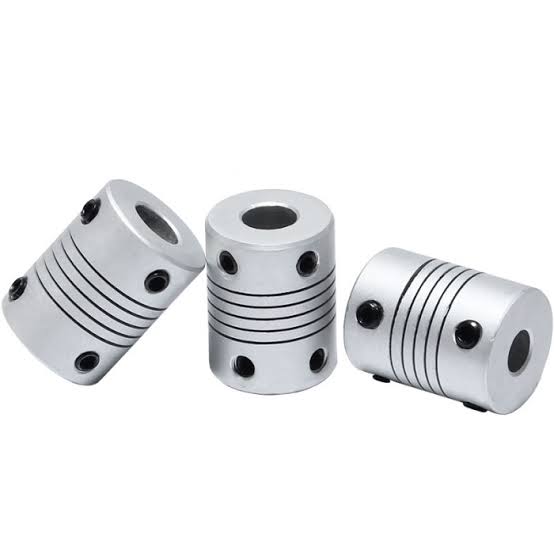Introduction
Have you ever come across the term “65mm 길이 원으로” and wondered what it means? If you’re here, you’re probably trying to understand its significance in various areas. Well, don’t worry, we’ve got you covered! Whether you’re dealing with design, measurements, or construction, this term can play a key role. In this blog post, we’ll break down what “65mm 길이 원으로” means, its applications, and how it’s relevant to your projects.
So, let’s dive right in!
What Does “65mm 길이 원으로” Mean?
Let’s break it down. “65mm 길이 원으로” is a phrase in Korean that translates to “a circle with a length of 65mm.” Specifically, this refers to the circumference or length of a circle. It’s a measurement often used in design, engineering, and technical fields where precision matters. The “65mm” indicates the exact length, and the “원” refers to the circle. So, essentially, it’s about creating or working with a circle whose total perimeter measures 65 millimeters.
Where is “65mm 길이 원으로” Used?
This measurement may sound a bit technical, but it’s relevant in several areas. Let’s take a look at where you might come across a 65mm circle:
- Engineering and Manufacturing: Engineers and manufacturers often need to create parts or components with very specific dimensions. A circle with a 65mm circumference might be used in the production of machine parts, seals, or bearings. Precision in such measurements is crucial for the parts to function properly.
- Design and Art: In graphic design and art, circular elements are often used for logos, patterns, and other creative projects. A 65mm circle might be the ideal size for creating a clean and proportionate design that fits well within a given space.
- Construction and Architecture: When architects and builders are planning projects that include circular features—such as columns, windows, or other structural elements—the “65mm 길이 원으로” might come into play to ensure the measurements align with the overall design.
How Do You Calculate the Radius of a Circle from the “65mm 길이 원으로”?
If you want to know the radius (the distance from the center to the edge) of a circle when you know the circumference (which is 65mm), you can easily calculate it using the formula: Circumference=2πr\text{Circumference} = 2 \pi rCircumference=2πr
Where:
- rrr is the radius.
- π\piπ is approximately 3.1416.
Rearranging the formula to solve for rrr: r=Circumference2πr = \frac{\text{Circumference}}{2 \pi}r=2πCircumference
So for a circle with a circumference of 65mm, the radius would be: r=652×3.1416≈10.36 mmr = \frac{65}{2 \times 3.1416} \approx 10.36 \, \text{mm}r=2×3.141665≈10.36mm
This means that if you have a 65mm circumference circle, the radius is about 10.36mm.
Why Does “65mm 길이 원으로” Matter?
Precision and accuracy are crucial in many fields, and understanding measurements like “65mm 길이 원으로” can make all the difference. Whether you’re designing a product, constructing a building, or working with machinery, exact measurements ensure everything fits together as intended. Inaccurate measurements can lead to errors, wasted materials, or even structural failures.
Conclusion
In this blog post, we’ve explored the meaning of “65mm 길이 원으로” and its importance across different industries. Whether it’s in engineering, design, or construction, understanding how to work with specific measurements like this can be essential to achieving quality and precision in your work. So next time you come across this measurement, you’ll know exactly what it means and how it’s used!
FAQs
- What is the difference between diameter and circumference? The diameter is the straight-line distance across the circle through its center, while the circumference is the distance around the outside of the circle.
- Can I use a 65mm circle for smaller projects? Absolutely! A 65mm circle is a versatile size that can be used for many small to medium-sized projects, whether you’re creating designs or assembling parts.
- How do I measure the circumference of a circle? Use a measuring tape or ruler to wrap around the circle’s edge, or if you have the diameter, you can use the formula Circumference=π×diameter\text{Circumference} = \pi \times \text{diameter}Circumference=π×diameter.
- Why is precision important in measurements like this? Precision ensures that all parts fit together as intended, which is vital in creating functional and safe products.


